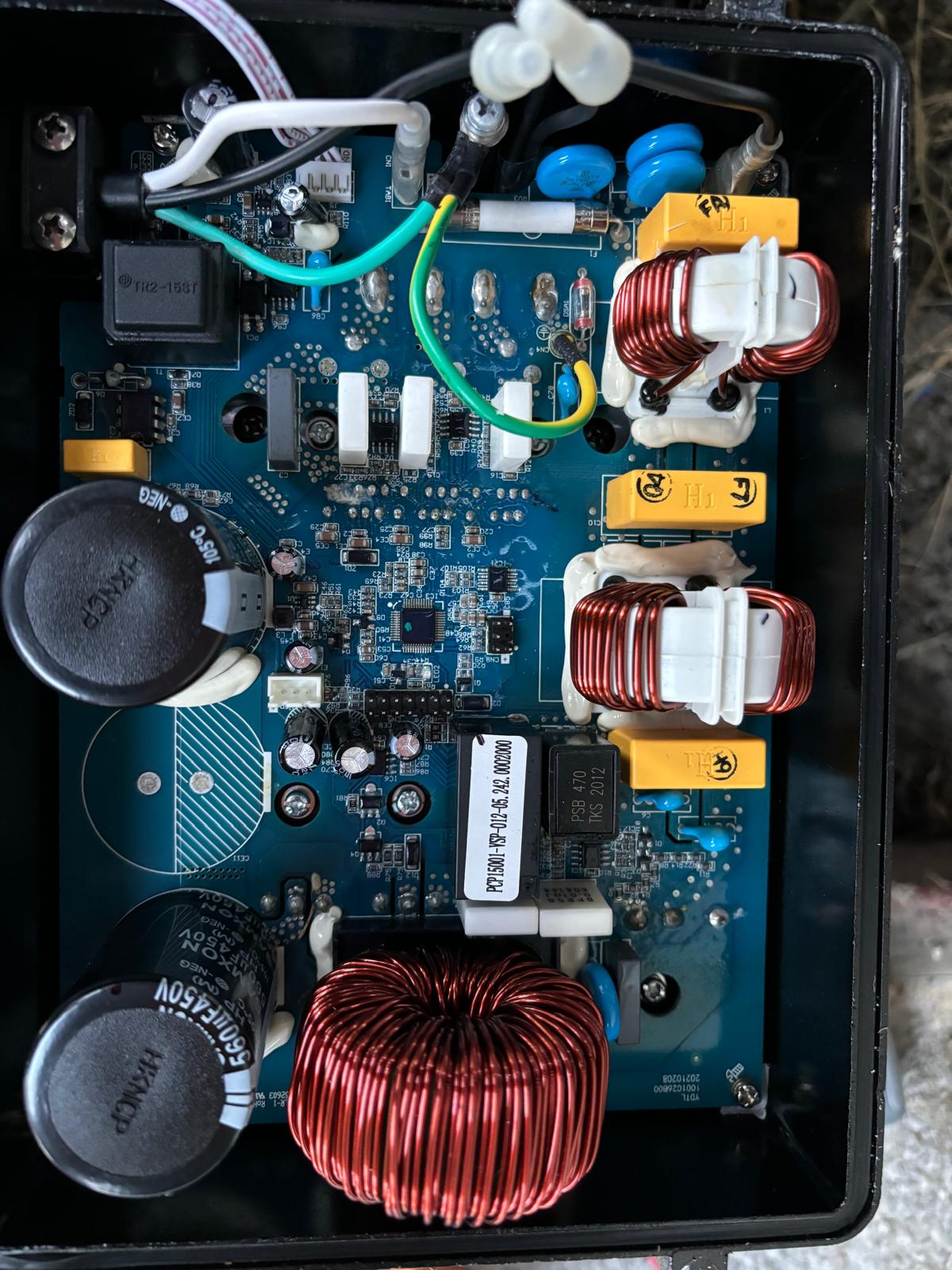I need help identifying the small, glass-enclosed device shown below. Printed circuit board has DSA1 printed near it. A wider view of the PCB is also attached. The item I am asking about is in the upper right of the broader photo.
Thanks, David
Edit: Thanks, Winny, All! I have added 3 more images, 2 of which are backlit. The lug on the in the upper right of the front side accepts the black wire from the power (line) source, and the lug on the back of the board accepts a green (ground) wire from the motor (this is a pool pump motor). While looking into this I remembered that I never did connect a bonding wire that runs between a clamped connection on the outside of the motor housing and to a metal part of the pool. I will investigate further to see if the green wire that disappears into the pump motor housing actually connects to that outside clamp connector. Is there a way to test the discharge device? Should it have continuity across the ends?
EDIT 2: I accidentally erased the post identifying the device as a Glass Discharge Tube (Surge protector). Sorry!









